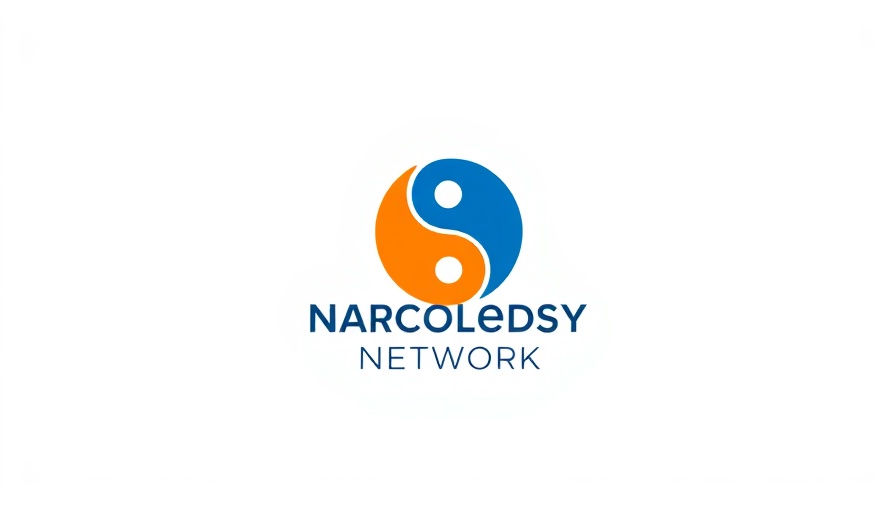
Understanding the 3 p.m. Slump: A Common Challenge for Professionals
As busy executives and entrepreneurs, the dreaded 3 p.m. slump is a shared experience. It’s that moment when productivity starts to wane, and the mind often drifts into a haze of fatigue. With our bodies wired by natural circadian rhythms, a post-lunch energy dip is expected. This cycle can lead to poor focus and a scourge of yawns unless effectively managed. According to research, about half of Americans either turn to caffeine or naps to combat this midday fatigue, indicating a widespread struggle with maintaining energy levels.
Why Does the Slump Occur?
Several factors contribute to the afternoon slump. Poor dietary choices often compound the issue. Heavy lunches filled with carbohydrates can lead to a crash in blood sugar, making it harder to stay alert as the clock ticks toward the afternoon. Plus, many professionals might be sleep-deprived due to work commitments, resulting in a cumulative sleep debt that exacerbates the feeling of tiredness throughout the day. It’s essential to address these underlying issues to create a more productive work environment.
Strategies to Combat the Slump
While caffeine might seem like a quick fix, it can lead to diminishing returns in productivity, causing further sleep disruptions later. Instead, consider incorporating alternative strategies that can boost energy naturally:
- Healthy Snacking: Nutrition plays a pivotal role in energy levels. Balanced snacks—such as almonds, fruits, or yogurt—can help maintain blood sugar and prevent the sluggish feeling that often accompanies processed or sugary snacks.
- Physical Activity: Engaging in light exercise, even a brief walk outside, can significantly enhance alertness. Exercise stimulates physical and mental activity by releasing endorphins, providing a quick morale boost.
- Stay Hydrated: Often overlooked, hydration is key. Dehydration can contribute to feelings of fatigue, so aim to drink plenty of water, especially if fatigue is setting in.
- Power Naps: If manageable within your schedule, a brief nap (15-20 minutes) can refresh your mind and enhance productivity for the rest of your workday.
- Environmental Adjustments: Ensure your workspace is well-lit and ventilated. Natural light exposure can help regulate your circadian rhythm and restore energy.
The Role of Sleep Hygiene
To effectively combat the 3 p.m. slump, prioritizing good sleep hygiene is crucial. Adopting a consistent sleep schedule and creating a relaxing bedtime routine prepares both mind and body for restorative rest. Simple changes, like reducing screen time before bed and establishing a calming environment, contribute greatly to improving overall sleep quality.
Equally important, be mindful of consuming heavy meals or caffeine late in the day. Such habits can hinder both sleep quality and daytime performance. Instead, practice moderation and select breakfast and lunch options that emphasize whole foods, protein, and healthy fats.
Exploring Productivity Techniques
Implementing some productivity techniques can also break down the afternoon slump barriers. Techniques such as the Pomodoro Technique, where you work in intervals followed by short breaks, can refocus energy levels and combat lethargy. Frequent breaks not only boost morale but also allow your mind to reset and recharge, making the afternoon feel less daunting.
Consulting Professionals
If the afternoon slump persists despite these interventions, it may be time to consult a healthcare professional. Chronic fatigue may signal underlying sleep disorders or health issues. Identifying and treating these can lead to more sustainable productivity and health benefits.
Conclusion: Reclaim Your Afternoon
By understanding the physiological basis of the 3 p.m. slump and implementing some of the above strategies, you can reclaim your productivity and energy levels. Embrace small, manageable changes to your routine, and soon your afternoons could transform from a slog into a productive part of your day. Don't let this common issue derail your success—take proactive steps today to enhance your performance and well-being.
 Add Row
Add Row  Add
Add 




Write A Comment